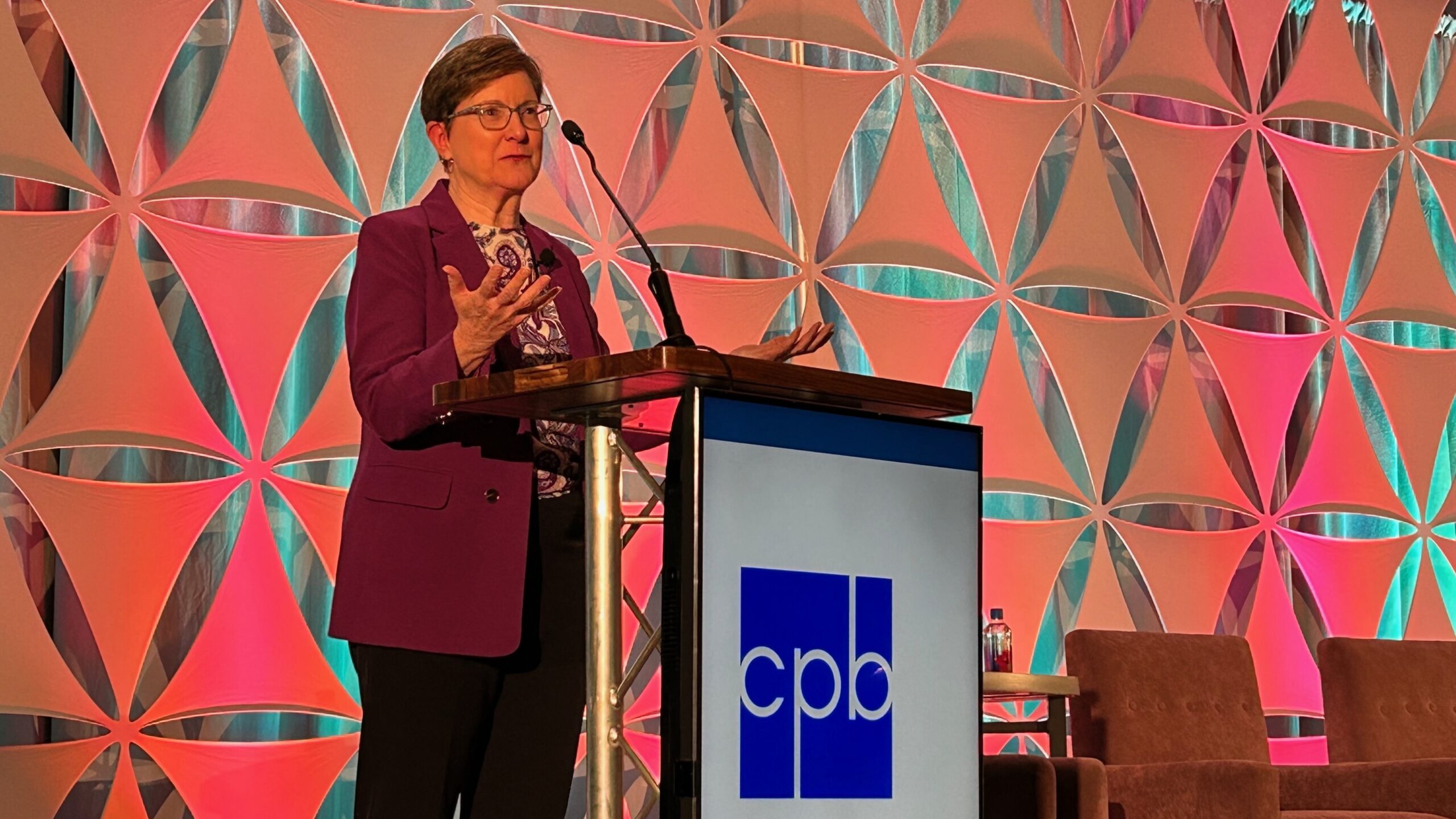Tackling diversity within public media leadership
The Public Media Women in Leadership group is only two weeks old, but it feels like it’s been around for years. Perhaps that’s because the women who are participating — via the Facebook group, applying to be a mentee, offering to coordinate webinars or other learnings — are participating as if the program has been here all along. And they’re joining in droves, nearing 400 members to date.
The conversations are like those you’d have with an old friend that you only see once a year. But when you see them, and start talking, you pick up as if you were never apart.
So, I have to ask myself, why is this? Why, in the nearly 50 years since we’ve been an industry, did this issue of finding a space for women’s voices and leadership not emerge before?
I don’t know the answer for sure, but I have a theory. First, it’s not like the issue hasn’t come up before. In fact, while researching Current, I found a piece on “Women as Station Leaders” written by the late Cindy Browne, who had led both public TV and radio stations. Stunningly, this most recent article I could find on the topic, was written 12 years ago. In 2003, women represented just 17%, or 31, of the 178 GM positions within the system.
My theory centers around something my colleague Jeannie Ericson recently referenced about the impact of our group . . . that “organic communities have the most success.”
This group did not emerge because of a mandate or a station or nationally based initiative. It emerged because its time had come. It emerged because the need had reached a tipping point.
The tipping point is that magic moment when an idea, trend, or social behavior crosses a threshold, tips, and spreads like wildfire. ― Malcolm Gladwell, The Tipping Point: How Little Things Can Make a Big Difference.
I saw this occur in the late ‘90s and early 2000s as (just a few) stations were dipping their toes into digital and the Public Radio Internet Group (which later became IMA, the Integrated Media Association) emerged. Again, at its inception, it wasn’t tied to any station or national organization. It was an idea that Mark Fuerst, its founder, floated, and a few of us grabbed onto it greedily. We wanted (and needed) a community where we could share our ideas and advocate for this new platform that we believed would become the future of public media.
I see this Public Media Women in Leadership group similarly. There is a hunger for conversation and for a place to belong. There is a need for mentorship and training and leadership opportunities. There is a responsibility to better prepare stations for succession planning, and for diversifying their leadership for the future. The Leadership group doesn’t purport to do it all or do it alone by any means; the outpouring of support and offers of help from throughout the system have been both humbling and gratifying. But, we’ve started something and intend to continue to nurture it organically and holistically until, like Mr. Gladwell says, it spreads like wildfire.






